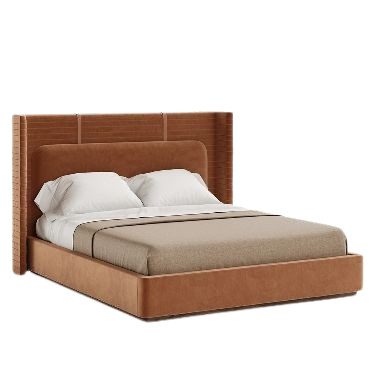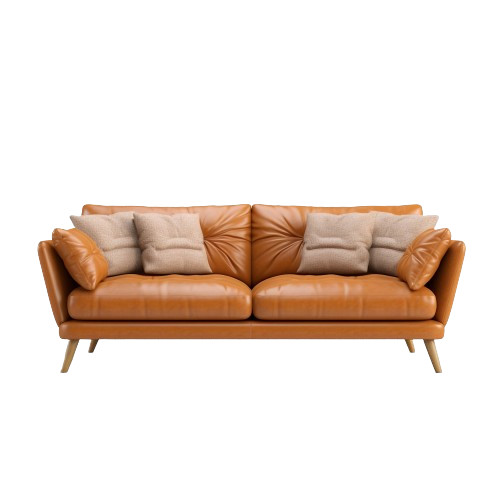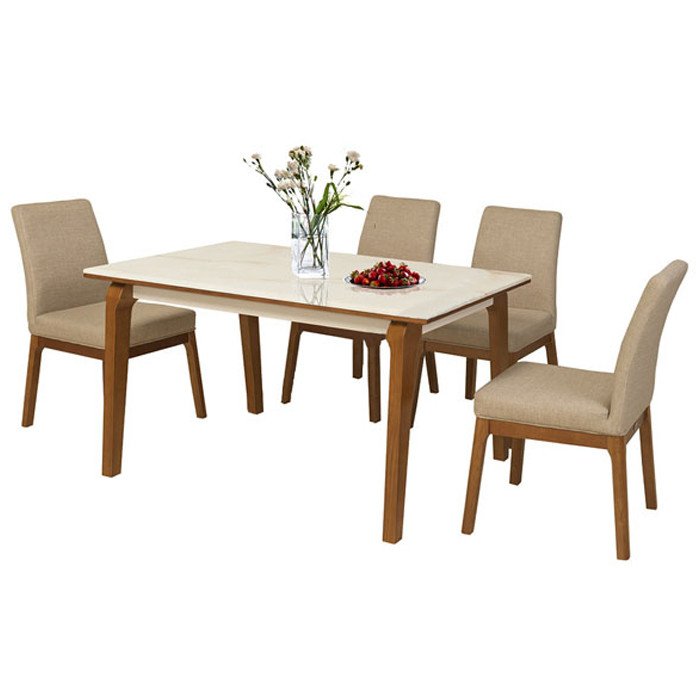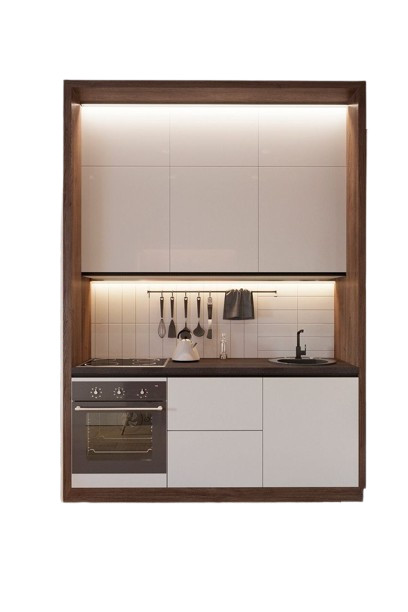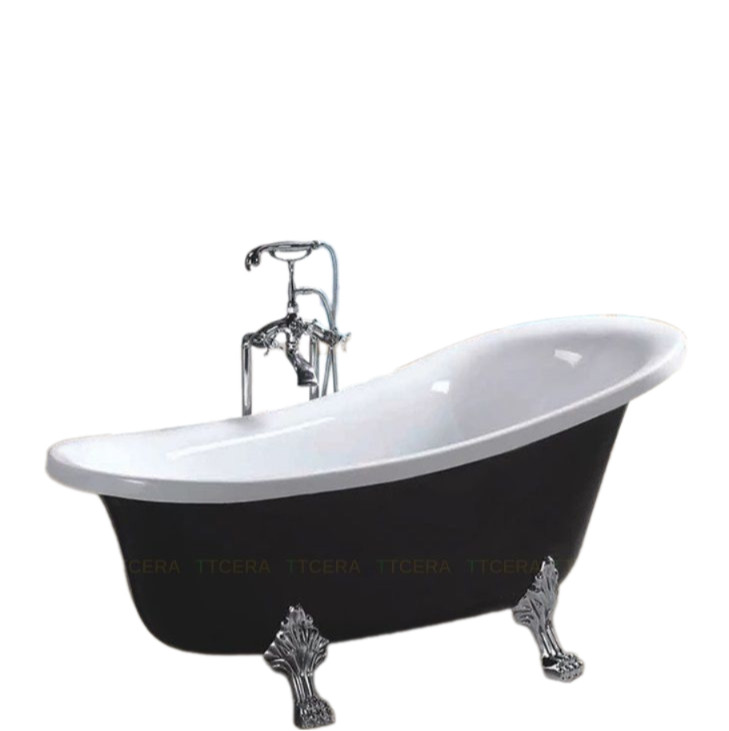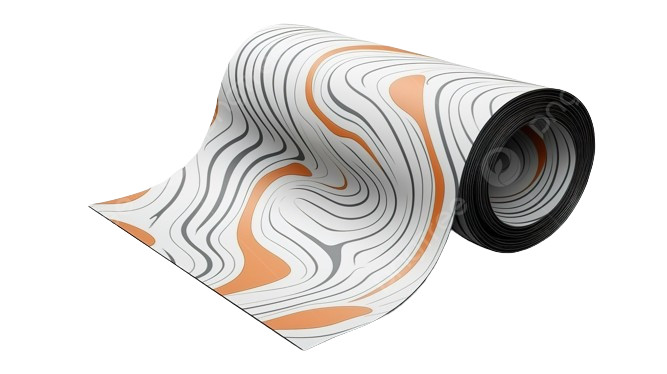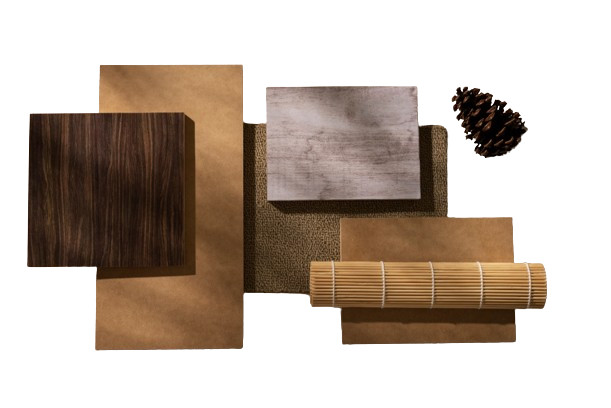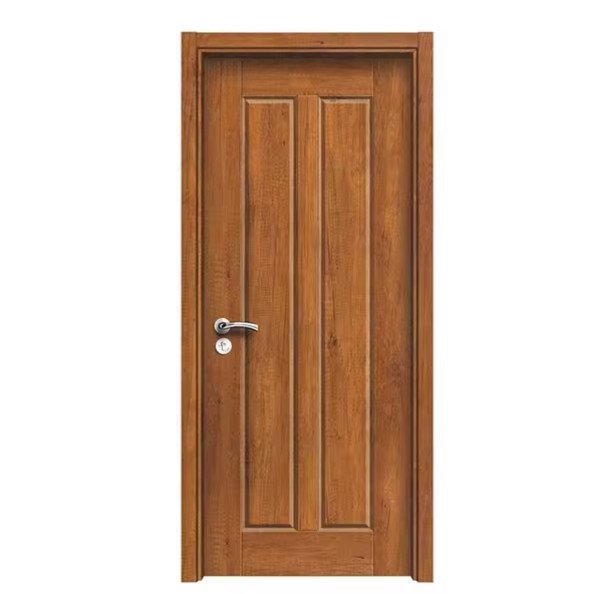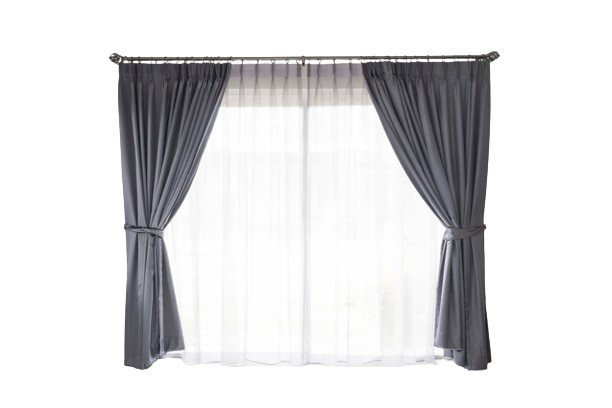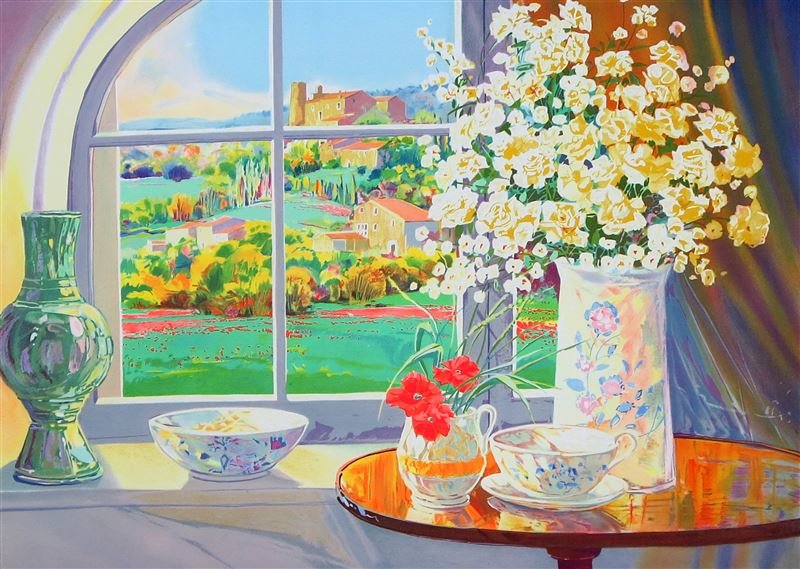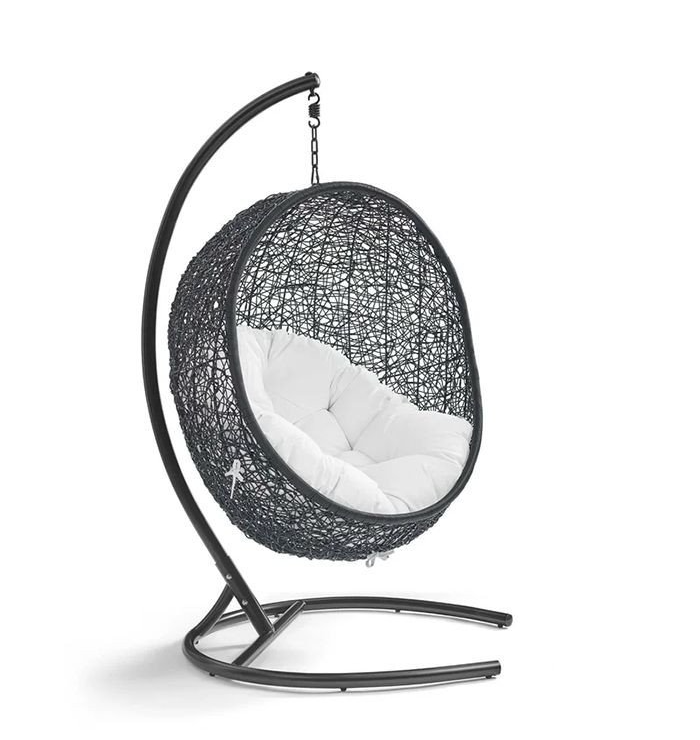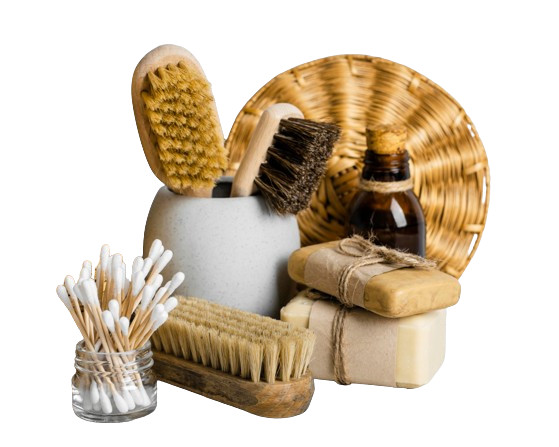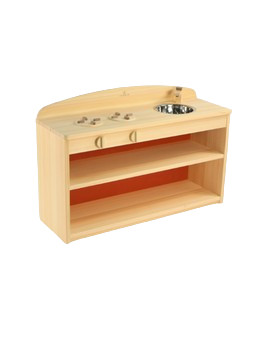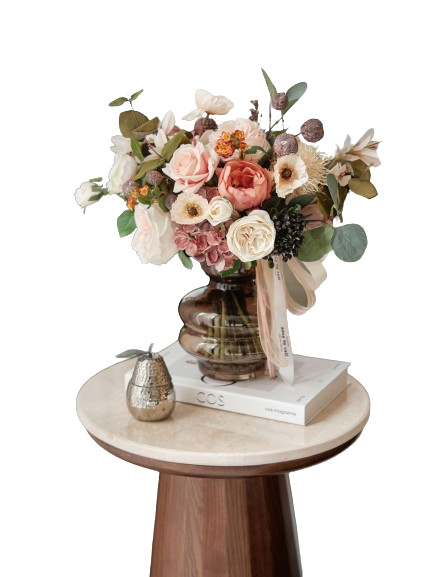WATER PAINT STRUCTURE CHEMICAL COMPOSITION
I. What is watercolor paint?
Water-based paint is a homogenous mixture in which the film-forming agent binds with the pigments to form a continuous film on the material's surface. Depending on the type of paint, an appropriate amount of additives and solvents will be added. They are typically made up of the following major ingredients: water, colors, and sticky additives. There are numerous varieties of water-based paints on the market today, each with its own set of properties and hues. Simultaneously, it is utilized for a range of applications such as ornamentation, surface protection, heat resistance, and so on. As a result, an increasing number of people select their initiatives.
II. What is the paint's composition?
The composition of paint will fluctuate slightly depending on the type of paint and the purpose of use. But, when making paint, the following main components will be included:
1. Plastic




This is the most important component, accounting for 40% to 60% of the total weight of the finished paint. This mixture contains organic molecules such as Alkyd, Acrylic, Epoxy, Polyurethane, and Fluorocarbon. These materials can link the components of water-based paint, generate adhesion and colorfastness for the paint, and structure the paint.
2. Color powder
Original pigments, antirust powders, and additional pigments account for 7% to 40% of the total. These components are crucial in the creation of color, as well as the hardness and endurance of the paint coating. Pigments are classified into two types: inorganic and organic. Specifically:
- Colors that are not organic (also known as natural colors). Its hue is achieved through the precise grinding of natural materials. This category contains the following materials: white chalk, and brown iron minium; dried natural noni is pinkish brown in hue, and graphite is gray in color. This color has good coverage and is long-lasting.
- Colors derived from nature (also known as synthetic colors). This color kind produces more vibrant and varied tones. Unfortunately, it has poor color fastness and coverage when compared to inorganic hues.

Gouache determines the color of the paint
3. Additives



Additives make up 0% to 5% of the paint mix. As a minimum density agent, it plays an essential function in increasing paint longevity, including color fastness, resistance to adverse weather impacts, gloss, hardness, and color coverage. of paint. Aids in the preservation of paint and the prevention of mildew. This chemical contributes to the performance of other paints such as glossy paint, waterproof paint, antibacterial paint, and insulating paint, among others.
4. Solvent


The solvent is a painted element that accounts for 10% to 30% of the total weight to aid in the dissolution of pigments and resins. Each manufacturer will choose a solvent based on the polarity of the material.
5. Adhesives
The adhesive has the effect of gluing all types of paint colors and adhesive films to the material's surface. Depending on the paint, common adhesives include polymers, rubber, oils, animal glues and casein glues, inorganic binders, and so on.
6. Filler powder
Filler powder is an ingredient that improves the product's qualities such as gloss, hardness, or smoothness, making it easier to apply paint, and can also assist reduce paint settling. Paint makers frequently utilize fillers such as carbonate, kaolin oxide, titanium, and talc...
ADORN MUSEUM
Location: O-1, TM.01, 1st Floor, Orchid 1 Tower, Hado Centrosa Garden No.200 3/2 Street, Ward 12, District 10, Ho Chi Minh City, Viet Nam.
Hotline: (+84) 28 3930 3428
E-mail: support@adornmuseum.com
Operation time:
8:30 - 17:30, Monday - Friday & 8:30 - 12:00, Saturday

